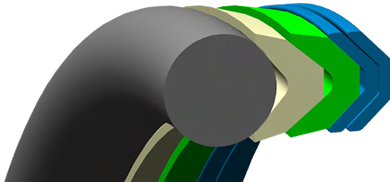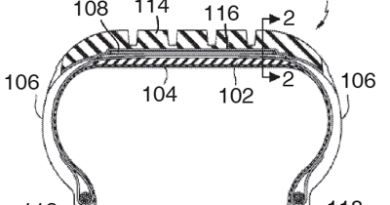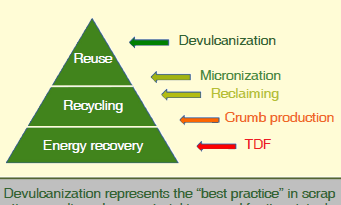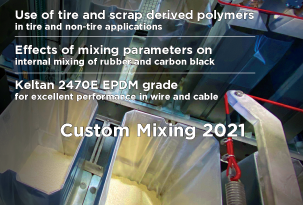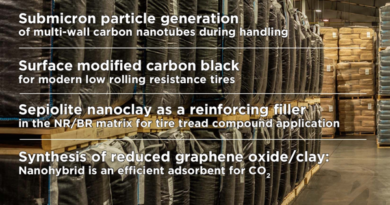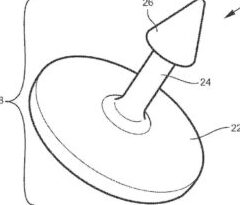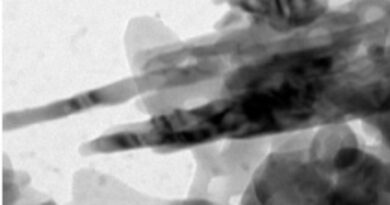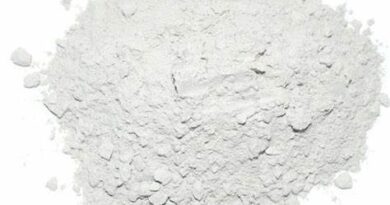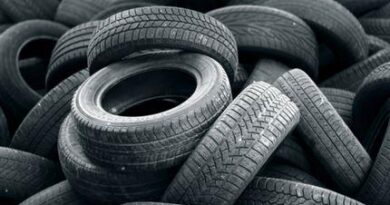Sealing solutions offered for air and sea
In aerospace, demand has increased for actuator designs that meet and exceed more rigorous performance standards, while providing unprecedented safety and reliability. Some of these requirements, such as the fire and flammability resistance defined in ISO 2685 and RTCA DO-160, go beyond the use of standard hydraulic seal designs. These high temperature, challenging requirements significantly impact commercial aircraft engine safety, and often force the use of heavy, bulky, easily damaged and costly external fire shielding. As a result, Greene Tweed developed the Fireproof Hydraulic Seal (FPH Seal), which has been specifically engineered to meet this need and establish a shielding alternative.
Read More
